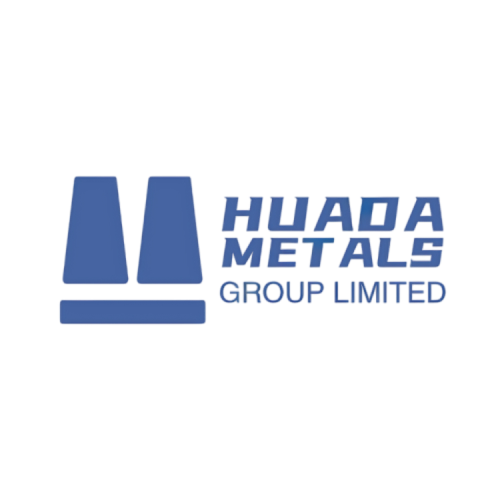Titanium alloys are high-performance materials valued for their exceptional strength-to-weight ratio, outstanding corrosion resistance, and biocompatibility. The most widely used grade, Ti-6Al-4V (Grade 5), offers tensile strength of 895-1200 MPa while being 40% lighter than steel.
Precision alloys represent a specialized class of metallic materials engineered to deliver exceptional performance in specific physical and mechanical properties. These alloys are meticulously formulated to achieve precise characteristics in:
Electrical resistivity
Thermal expansion
Magnetic permeability
Mechanical strength under extreme conditions
This technical dossier provides a comprehensive analysis of precision alloys, covering:
✔ Classification by functional properties
✔ Detailed chemical compositions of key alloys
✔ Comparative physical & mechanical property tables
✔ Performance advantages over conventional materials
✔ Specialized industrial applications
✔ Cost-to-performance ratio analysis
Overview of Precision Alloys
Precision alloys are specialized metallic materials engineered for unique physical, magnetic, electrical, or thermal properties, critical in industries demanding high precision and reliability. These alloys are categorized into magnetic alloys, elastic alloys, expansion alloys, electrical alloys, shape-memory alloys, and damping alloys, among others. This report focuses on four representative grades: Soft Magnetic Alloy 1J79, Elastic Alloy 3J53, Invar Alloy 4J36, and High-Resistivity Alloy 6J40, comparing their chemical compositions, physical/mechanical properties, advantages, and applications.
| Category | Key Characteristics | Typical Applications |
|---|---|---|
| Electrical Resistance Alloys | Stable high resistivity, low TCR | Heating elements, sensors |
| Low Expansion Alloys | Controlled CTE (α < 1.5×10⁻⁶/K) | Precision instruments, aerospace |
| Magnetic Alloys | Tailored permeability/saturation | Transformers, shielding |
| Elastic Alloys | Constant modulus over temperature | Springs, sensors |
| Thermo-Bimetals | Predictable thermal deflection | Thermal actuators, switches |
Chemical Composition of Precision Alloys
| Alloy Designation | Fe (%) | Ni (%) | Cr (%) | Other Elements | Key Property |
|---|---|---|---|---|---|
| NiCr 80/20 | ≤0.5 | 75-78 | 19-21 | Si, Mn, C | High resistivity (1.09 μΩ·m) |
| Invar 36 | 63.5 | 36 | – | Co, Mn | Ultra-low CTE (1.2×10⁻⁶/K) |
| Permalloy 80 | 17 | 80 | – | Mo, Cu | High permeability (100,000) |
| Elinvar | 52 | 36 | – | Cr, W | Constant elasticity |
| Kovar | 54 | 29 | – | Co 17% | Matched glass CTE |

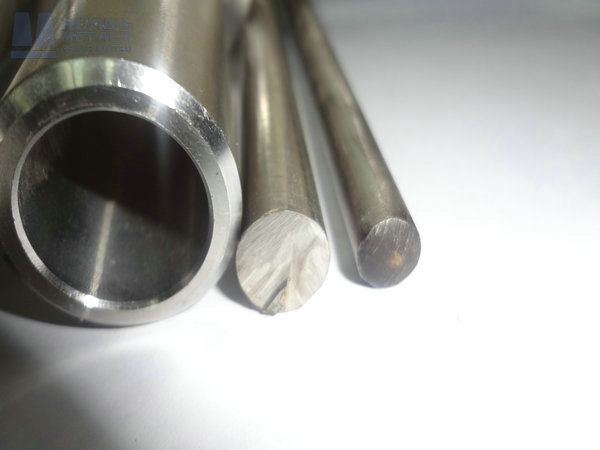
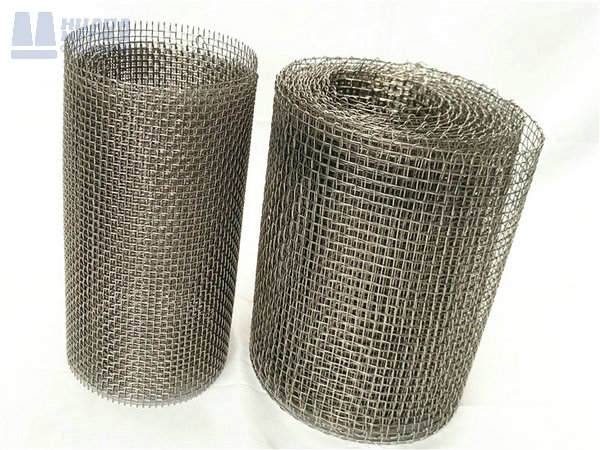
Physical Properties of Precision Alloys
| Property | NiCr 80/20 | Invar 36 | Permalloy 80 | Stainless 304 |
|---|---|---|---|---|
| Density (g/cm³) | 8.4 | 8.1 | 8.7 | 8.0 |
| CTE (10⁻⁶/K) | 13.0 | 1.2 | 12.5 | 17.3 |
| Resistivity (μΩ·cm) | 108 | 85 | 55 | 72 |
| Curie Temp (°C) | – | – | 460 | – |
| Thermal Conductivity (W/m·K) | 11.3 | 10.5 | 25 | 16.2 |
Mechanical Properties of Precision Alloys
| Property | NiCr 80/20 | Invar 36 | Elinvar | Kovar |
|---|---|---|---|---|
| Tensile Strength (MPa) | 620-780 | 450-550 | 850-1000 | 520-620 |
| Yield Strength (MPa) | 380-450 | 280-350 | 550-700 | 340-410 |
| Elongation (%) | 25-35 | 35-45 | 15-25 | 30-40 |
| Hardness (HV) | 150-180 | 130-160 | 200-240 | 140-170 |
| Young’s Modulus (GPa) | 210 | 145 | 185 | 138 |


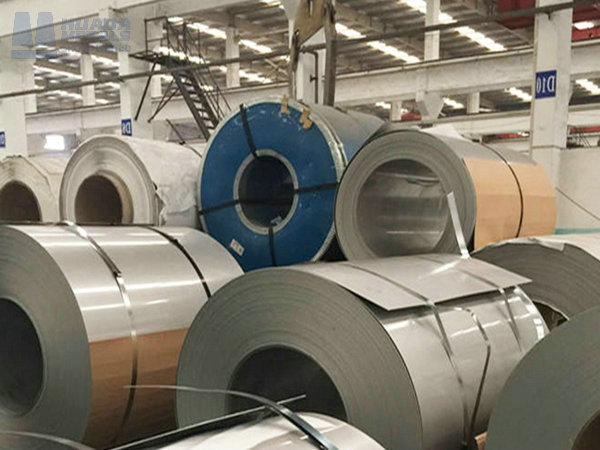


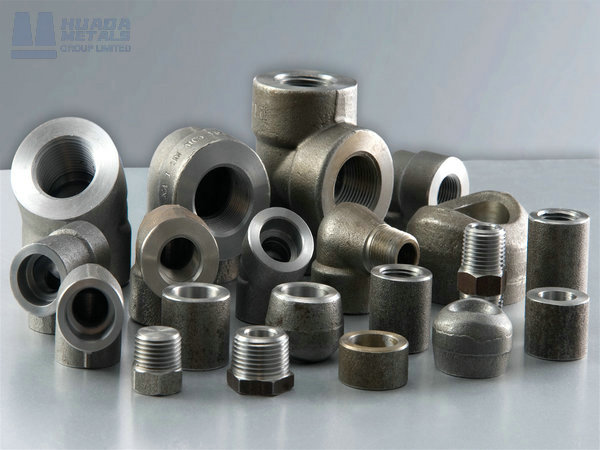
Key Properties and Advantages of Precision Alloys
✔ Dimensional Stability
Invar maintains ±0.1μm/m·°C dimensional change
Critical for space telescope components
✔ Electrical Precision
NiCr alloys maintain ±0.5% resistivity tolerance
Essential for precision shunt resistors
✔ Magnetic Consistency
Permalloy achieves μr > 100,000
Vital for high-sensitivity magnetic shields
✔ Thermal Response
Bimetal alloys provide 5-20× higher deflection than standard metals
Enables precision thermal switches
| Feature | 1J79 | 3J53 | 4J36 | 6J40 |
|---|---|---|---|---|
| Magnetic Performance | Ultra-low coercivity, high permeability | Moderate saturation (0.7 T), low hysteresis loss | Non-magnetic | Non-magnetic |
| Thermal Stability | Moderate (up to 400°C) | Excellent (up to 300°C) | Ultra-stable (−200 to +200°C) | Good (up to 500°C) |
| Corrosion Resistance | Passive oxide layer (Ni-rich) | Moderate (requires coating) | Good (Ni-Fe base) | Excellent (Ni-Cr base) |
| Formability | Cold-rollable (0.05 mm foil) | Cold-drawn (φ0.1 mm wire) | Hot/cold-workable | Hot-rolled (0.1–3.0 mm sheet) |
| Cost-Performance Ratio | High (specialty electronics) | Moderate (aerospace) | Low (standard industrial) | High (precision resistors) |
Key Takeaways:
- 1J79 dominates MRI gradient coils due to low noise (<5 nT/√Hz).
- 3J53 is preferred in satellite gyroscopes for frequency stability (<1 ppm/°C).
- 4J36 reduces thermal drift in optical benches by 90% vs. stainless steel.
- 6J40 enables 0.01% resistor tolerances in avionics.

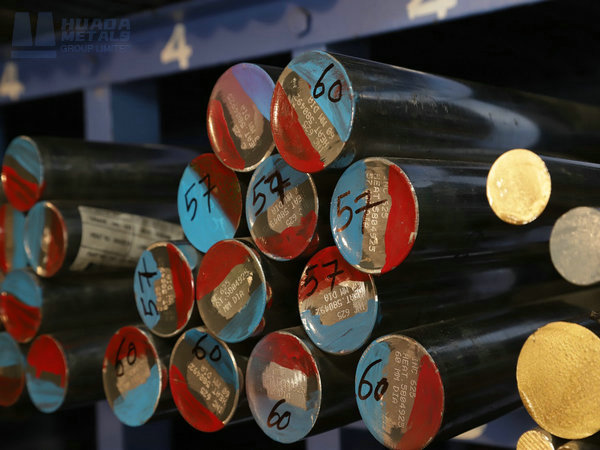
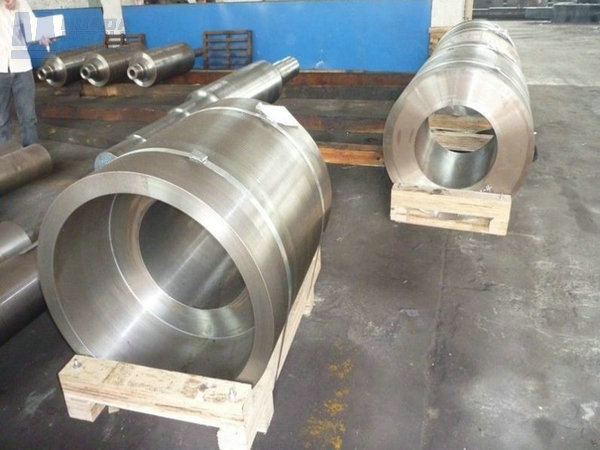
Manufacturing and Processing of Precision Alloys
Cost Comparison (USD/kg)
| Material | Base Cost | Processed Cost | Lifetime Value |
|---|---|---|---|
| Invar 36 | $45-60 | $80-120 | 10-15 years |
| NiCr 80/20 | $25-40 | $50-80 | 8-12 years |
| Kovar | $35-50 | $70-100 | 7-10 years |
| Stainless 316 | $5-8 | $15-25 | 3-5 years |
Value Proposition Matrix
| Factor | Precision Alloys | Conventional Metals |
|---|---|---|
| Tolerance Control | ±0.01% achievable | ±0.5% typical |
| Specialized Properties | Tailored CTE/μr | Generic properties |
| Service Life | 2-3× longer | Standard |
| ROI Period | 18-24 months | 6-12 months |
Applications of Precision Alloys
| Industry | Application | Alloy Used | Performance Benefit |
|---|---|---|---|
| Electronics | Thin film resistors | NiCr 60/15 | ±1% resistivity tolerance |
| Aerospace | Satellite structures | Invar 36 | Near-zero CTE in orbit |
| Energy | Transformer cores | Permalloy 80 | 90% lower core losses |
| Medical | MRI components | Mu-metal | 100× better shielding |
| Automotive | Fuel injectors | Elinvar | Stable spring rate (±2%) |
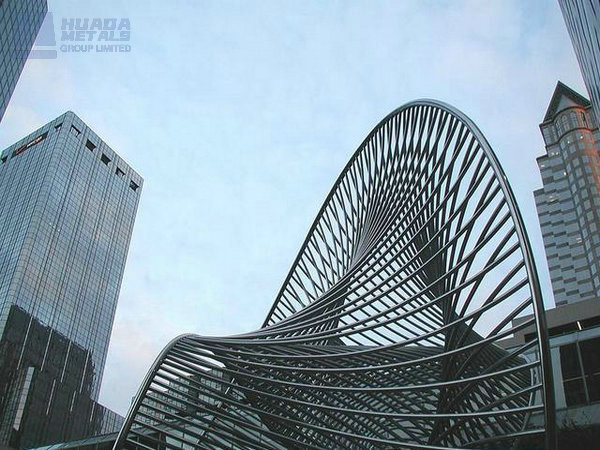
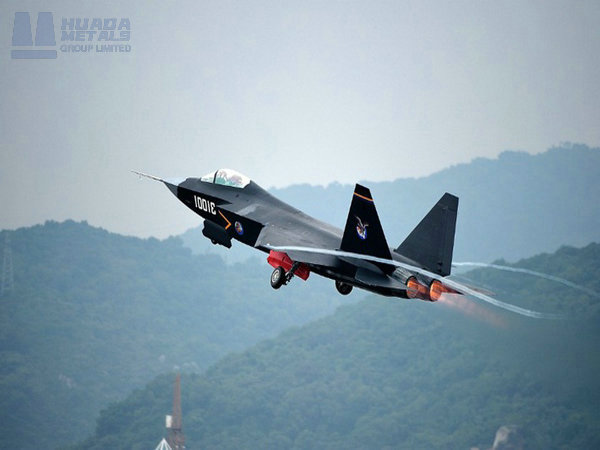

In Conclusion
Precision alloys deliver unmatched performance where conventional materials fail to meet exacting requirements. Their technical advantages include:
✓ Predictable thermal behavior in extreme environments (-270°C to +600°C)
✓ Exceptional property stability over decades of service
✓ Superior cost-effectiveness in mission-critical applications
HuaDa Metals has the good quality inconel alloys and contact us. Precision alloys remain indispensable in industries demanding ultra-precise physical properties. While 1J79 dominates magnetic applications, 3J53 excels in elastic stability, 4J36 in thermal dimensional control, and 6J40 in resistivity precision.
Future Trends:
- Additive manufacturing of 3J53 reduces spring waste by 60% in micromechanical systems.
- Grain boundary engineering in 1J79 may achieve μₘ = 300,000 at 100 kHz.
- 6J40 coatings with Al₂O₃ extend temperature range to 800°C for nuclear applications.
